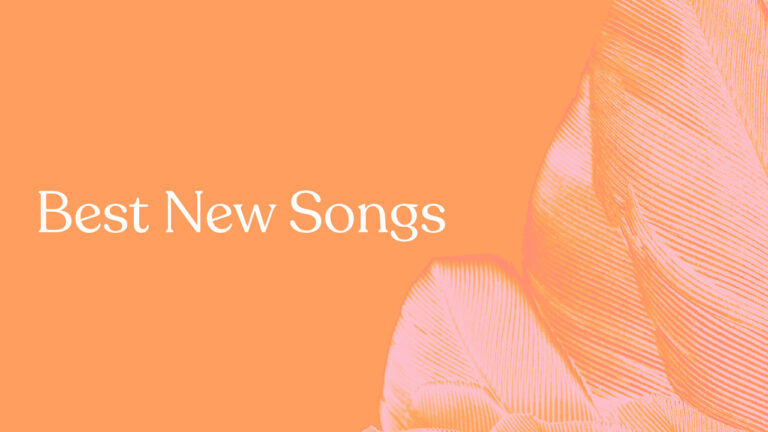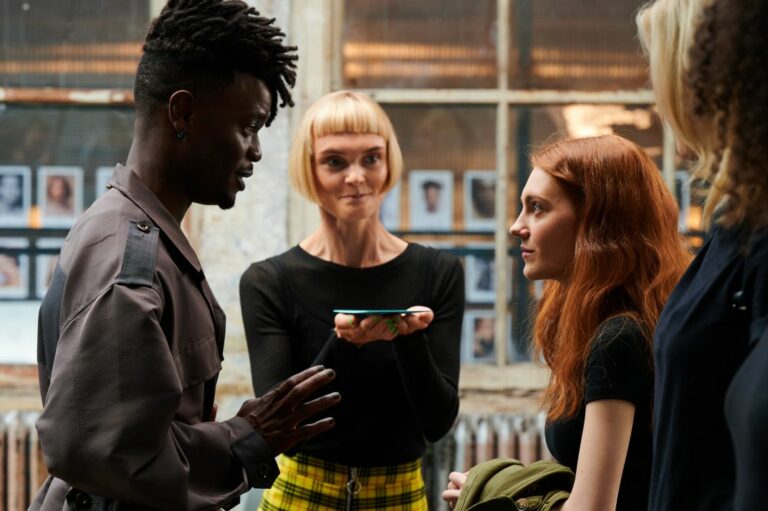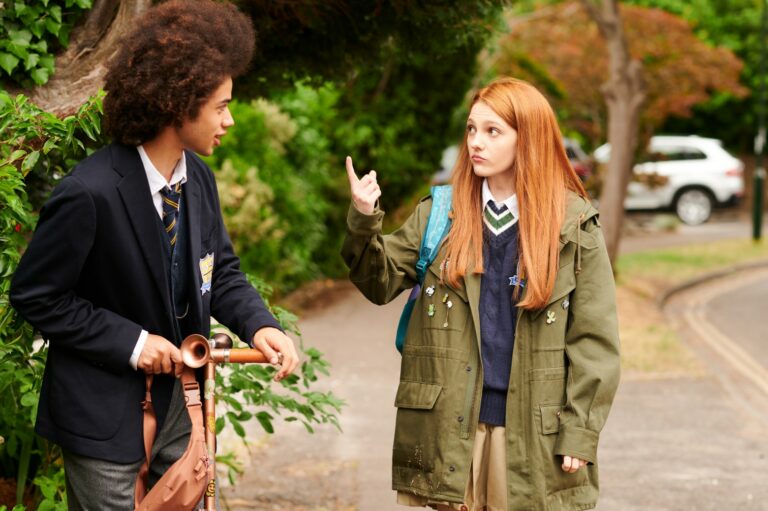Keeping up with technological advancements like metered billing software is not only advantageous but essential. As an artist, designer, writer, or musician, you’ve likely noticed the shift in how transactions are handled in your field. The days of cumbersome paper invoices and lost checks are gone.
Today, digital payments and invoicing systems have transformed business interactions, offering freedom, flexibility, and secure ways to manage your financial transactions.
Let’s explore how these innovative systems improve operations and reshape tcreative sectors. As you delve into these changes, remember that tools like metered billing software and A/B testing tools are leading the way, ensuring that your creative output aligns with equally innovative business practices.
The need for transaction speed and simplicity has catalyzed the transition to digital payments. As a creative professional, you’ve experienced the frustration of delayed payments that can stifle your workflow and financial planning.
Digital payment systems address these challenges head-on by facilitating instant transfers of money. Whether selling your artwork online or billing for a freelance coding project, digital platforms offer a straightforward, user-friendly solution that ensures you get paid quickly and reliably.
Moreover, digital invoicing complements these payment systems by streamlining the billing process. You can generate detailed invoices and send them directly to your clients’ email inboxes with a few clicks.
These digital documents reduce the risk of lost or overlooked invoices and enable better tracking of your earnings and expenditures. Tools embedded within these systems can automatically update your financial records, offering real-time insights into your business’s fiscal health, which all businesses need.
The Power of Metered Billing
The role of metered billing software in this digital transformation cannot be overstated. This software automates the billing process based on actual usage or predefined metrics, particularly for creatives offering subscription-based services or charging by project milestones.
For instance, imagine you are a graphic designer who charges by the hour or a software developer who offers tiered subscription services. Metered billing software can accurately track the time spent or the services utilized, ensuring that your invoices reflect the precise amount owed. This enhances transparency and builds trust with your clients, as they pay only for what they consume.
In parallel, the best A/B testing tools have become powerful for creatives who manage their marketing and sales platforms. If you’re using a website to showcase your portfolio or sell products, A/B testing allows you to experiment with different layouts, content, and features to see what resonates best with your audience.
This is critical because your online presence is often the first point of interaction with potential clients. By optimizing your website or sales platform using A/B testing, you can significantly increase user engagement and, consequently, sales conversions.
These digital tools collectively foster a more dynamic and responsive business environment. They allow you to focus more on your creative work rather than get bogged down by administrative tasks, opening up new opportunities and allowing for expansion.
Digital platform avenues are integrated networks that can connect other creatives and clients from around the world. Freelancers and small studios seeking to expand their reach beyond local markets will find this a major boon.
The Future of Digital Transactions
Yet, as with any technological adoption, the shift to digital payments and invoicing comes with challenges. Concerns about digital security, the learning curve associated with new software, and the need for consistent internet access are valid considerations.
However, creative industries are uniquely positioned to adapt and innovate in the face of these challenges, instilling a sense of confidence and security. After all, creativity is about embracing change and reimagining possibilities, and creative industries are leading the way in this.
The rise of digital payments and invoicing in the creative industries is more than just a trend. It’s a significant shift towards more efficient, transparent, and global business practices. As you continue to navigate your creative endeavors, embracing these tools can streamline your business operations and enhance your capacity to connect with clients and audiences worldwide.





































